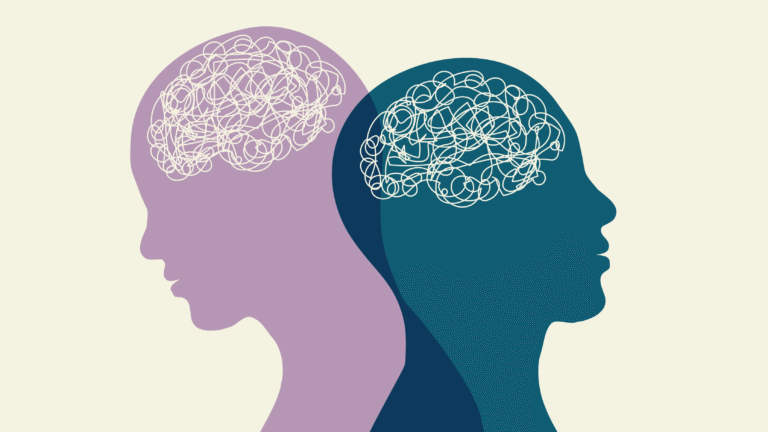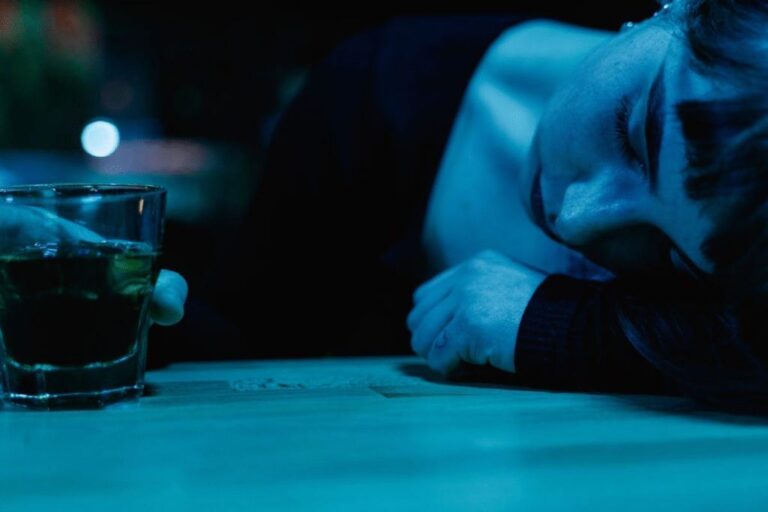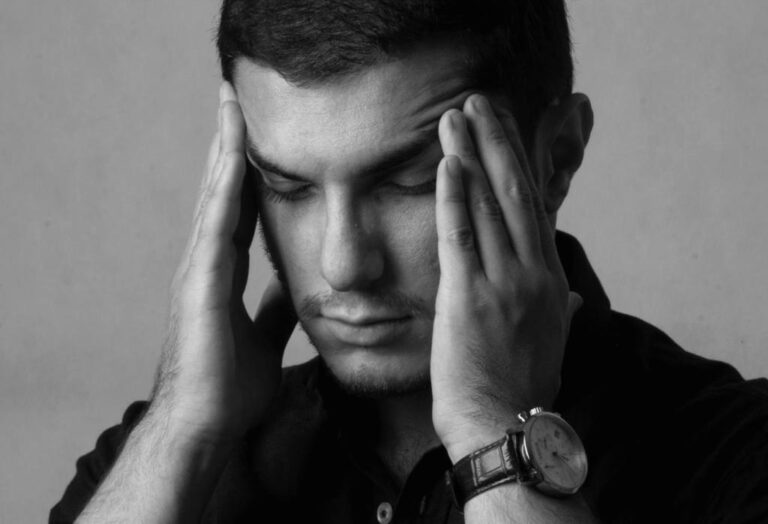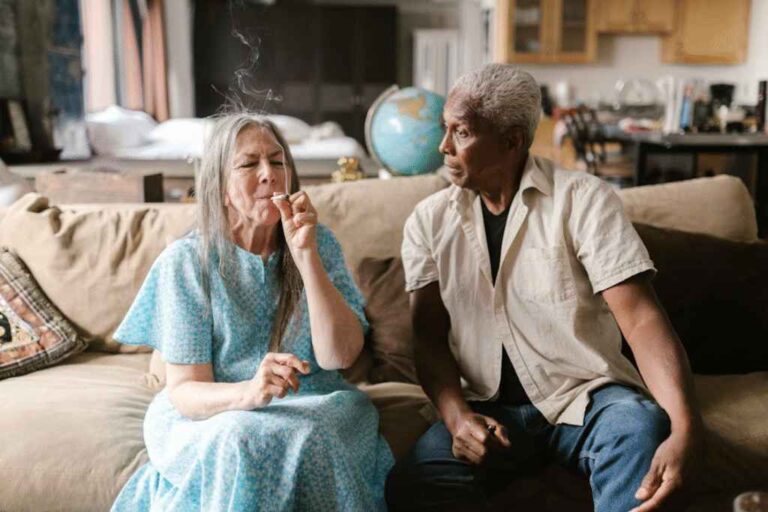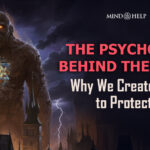Is there any connection between light therapy and mental health? Our biological clock helps us keep the rhythm of our bodies and the sleep-wake cycle in line with the light-day cycle of the planet. This body clock is located in the part of the brain that controls hormones, the suprachiasmatic nucleus (SCN).
The light that gets through to the eye is responsible for activating this part of the brain, which in turn cuts down on the production of hormones in the brain’s pineal glands that are accountable for sleep. This light is also responsible for releasing many other hormones and can also affect the body’s temperature.
We are programmed so that we will cycle every 24.2 hours- but if we get enough exposure to light daily, our cycles will be more in line with the earth’s rhythm. Four neurotransmitters are responsible for making sure the biological clock is working correctly. They are dopamine, norepinephrine, glutamate, and GABA. It is essential to note that melatonin will only be adequately produced if enough thyroid hormones are present. So, if someone is experiencing sleeping problems, they should check their thyroid hormone levels and note how much light they are getting each day.
As a general rule of thumb, the more bright light one gets during the day, the more melatonin one is likely to produce and have in one’s body when it is time to sleep at night. This will also make the person much less sensitive to lower exposure to light in the evening or at night.
Did you know who started using light therapy? NASA.
NASA experimented with light therapy in 1993 to grow plants in space. They had this experiment so that astronauts could have food supplies for longer space missions. Later on, it evolved into a more sustainable and effective method for several benefits.
What Is Light Therapy?
Light therapy uses specialized artificial light to help people suffering from mood disorders make changes to their biological clock or even synchronize a person’s cycle of sleeping and staying awake with the day/light cycle of the earth. Although there is room for more research to be conducted on this, light therapy has also been known to help normalize sleep and normalizing behavior in people who have dementia.
Read more to know what red light therapy does.
This artificial light is made up of a light box that produces up to 10,000 lux of light, or it can be of a much lower intensity that is made up of specific wavelengths of light. This may be light from the visible spectrum’s blue or green parts.
Synchronizing Sleep Cycles
If someone wants to sleep later and delay the onset of sleep, the best way to use light therapy for that person’s case would be to use light therapy right before bedtime. On the other hand, if someone wants to bring about their time to sleep a bit earlier in the day/night cycle, having their light therapy sessions in the second part of the night may be better.
Treating Mood Disorders
A person is thought to be suffering from seasonal affective disorder when that person exhibits signs of depression only at particular times of the year, with the symptoms ultimately going away at other times of the year. To be diagnosed with this disorder, the person needs to feel this way for at least two years consecutively. In reality, most people who suffer from depression will have a seasonal component in their depression, but it may often not fit the strict criteria of SAD. A lot of studies have shown that people who suffer from SAD will be better off with light therapy sessions. Light therapy, while effective, cannot replace the traditional treatment modalities of non-seasonal depression, and even in the case of seasonal depression, this should not be the only form of treatment. People who are more prone to oversleep and overeat have been known to be more responsive to light therapy than people who are not.
If light therapy is being administered to treat mood disorders, it is best to give light therapy for a total duration of 30 minutes for every hour that the patient sleeps for more than 6 hours. So, let’s say a person sleeps for 8 hours, so that person will need an hour of light therapy per day to experience the benefits of this therapy method. An important thing to consider here is that people who oversleep should be given a light therapy device that simulates the light of dawn.
Dementia
For people who experience dementia, bright light between 7-9 pm can help them sleep much better and have fewer incidents of nighttime awakenings. People who have dementia can also get another benefit of light therapy, which is that it can slow down the decrease in cognitive functioning that occurs mainly at night.
What Kind of Light to Use?
Most early studies into this type of therapy used 10,000 lux (a measure of the intensity of the light) broad spectrum light, which was kept at a distance of two feet from the eye. A few recent studies show that light with lower intensity can also help and be as effective. Light with shorter wavelengths (like the blue part of the spectrum) is thought to be the most active part of the spectrum of light that directly impacts the sleep/wake cycles. Most commercial light therapy devices available for SAD operate between 5,000 to 10,000 lux.
So, as we have discussed in this article, light therapy can be an excellent supplemental treatment method for many mental health disorders. It can help fix the body’s biological clock and is effective in treating SAD as well as non-seasonal depression.





